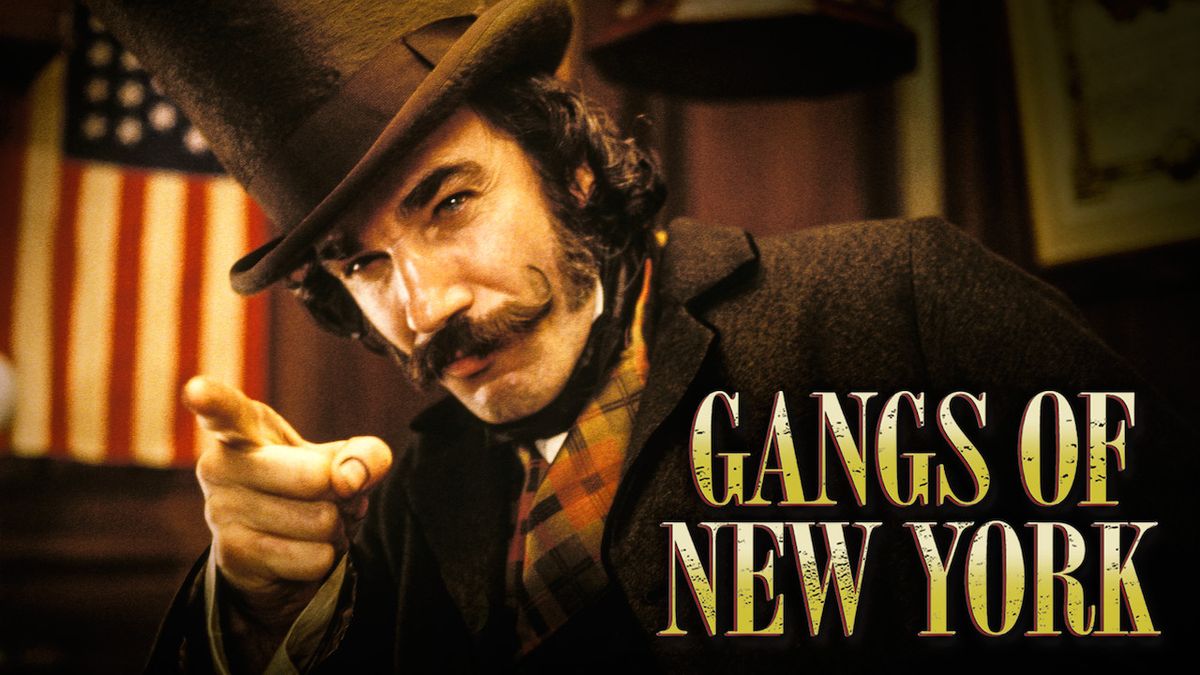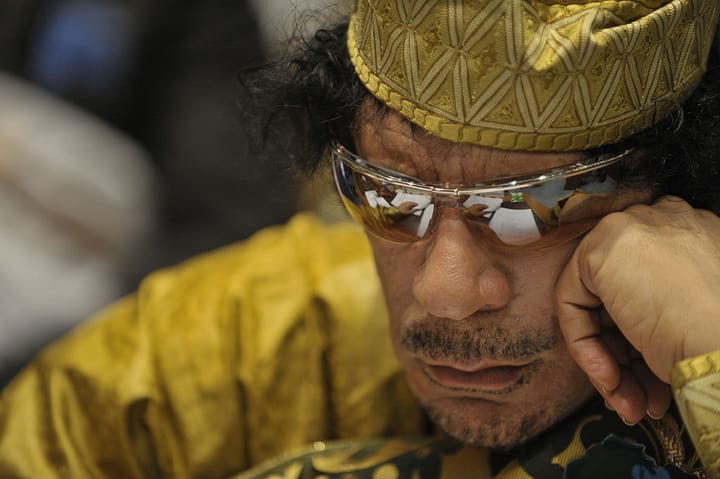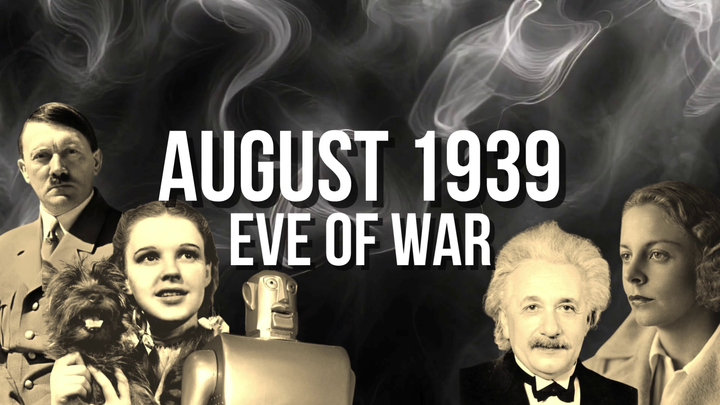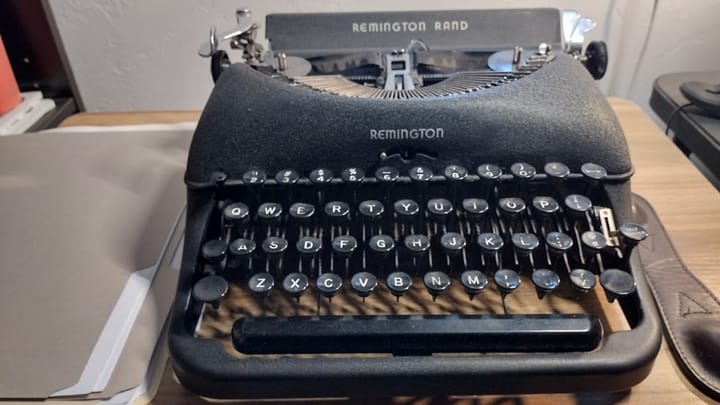The New York City Draft/Race Riots and "Gangs of New York."
The deadliest race riot in U.S. history is depicted in a controversial 2002 film which I think deserves another look.

One hundred and sixty years ago today, on July 13, 1863, a wave of racially-motivated violence that came to be known as the New York City Draft Riots began in the slums and rookeries of the city. For four days New York was under mob rule and at least 120 people--probably many more--were killed in fierce rioting that had to be quelled by Union Army troops, fresh from the battlefield of Gettysburg. The ostensible spark of the riots was the commencement of a military draft in which the federal government sought fresh troops to feed into the meat grinder of the ongoing Civil War. The Conscription Act of 1863 contained an escape hatch for the rich: any man drafted could be exempted either by sending a substitute in his place, or paying $300. The draft fell disproportionately on the urban poor. The racial tensions in New York were also at a boiling point. The riots were the worst urban disturbance in American history, considerably larger in magnitude than any of the disturbances of the 1960s or the 1992 Los Angeles riots.
In 2002, an epic film by master director Martin Scorsese, Gangs of New York, was released after a year of delays. The film depicts life in general in the urban slums of New York City in the Civil War era, but culminates with a sequence depicting the Draft Riots. I loved Gangs of New York from the moment I first saw it in the theater, but I'm apparently in lonely company. I don't know anyone else, historian or otherwise, who likes the film. When the film is mentioned most people who have even heard of it, now 22 years on, turn up their nose at it, or make unfavorable comparisons to Scorsese's better-loved pictures like GoodFellas and Taxi Driver, though Daniel Day-Lewis's performance as gangster Bill the Butcher is usually praised. I was under the impression that the film was a flop when it came out, but it made $193 million worldwide, earning back its admittedly enormous budget. It's safe to say the picture has a decidedly mixed legacy. However, I think it's time to look at it again, and to try to see it in historical context, both specifically with respect to the Draft Riots and generally in its depiction of lower-class urban life in the 19th century.


